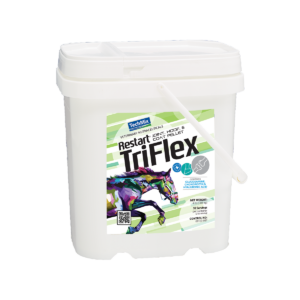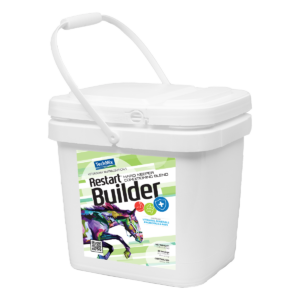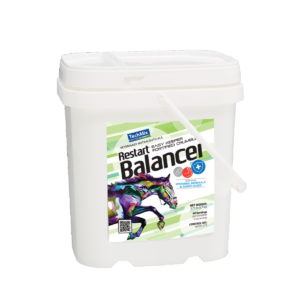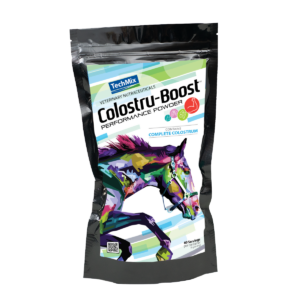June 20, 2025
Clinical Veterinary Perspective-Bone and Joint
In clinical practice, we are often called to evaluate a frustrating lameness. Sometimes sudden, sometimes chronic, sometimes the owner witnessed what led to the problem, other times the source remains a mystery. Any of which is what we need to figure out and we do so for horses of all ages from foals to geriatrics. We see many of these lameness cases originating from bone or joint-related causes, and most often utilize radiographs to identify abnormalities.
The bone and joint problems we see in foals are mostly septic joints originating from systemic bacteria that entered the body either through the navel or ingested through the gastrointestinal tract nearly immediately upon birth. The latter is often associated with concurrent failure of passive transfer—not successfully ingesting and absorbing the mare’s colostrum in a timely manner. Physeal, or growth plate problems are also common. Injuries to this area cause disruption of normal blood flow where these growth plates can become painful, swollen, and lead to uneven growth causing angular limb deformities among other challenges. Growth plates are more prone to breaking than mature bone, so fractures at these sites after trauma are not uncommon. Nutritional imbalances involving calcium and phosphorus in particular can cause problems, because they are major components of bone and are essential building blocks for bone growth. Horses in their prime adult years can also get bone and joint problems a few of which include:
- Small bone chips breaking off and floating within a joint
- Sprains and strains
- Osteomyelitis (infection getting into a bone)
- Fractures from trauma or excessively high energy output
- Infectious arthropathies from things like Lyme disease
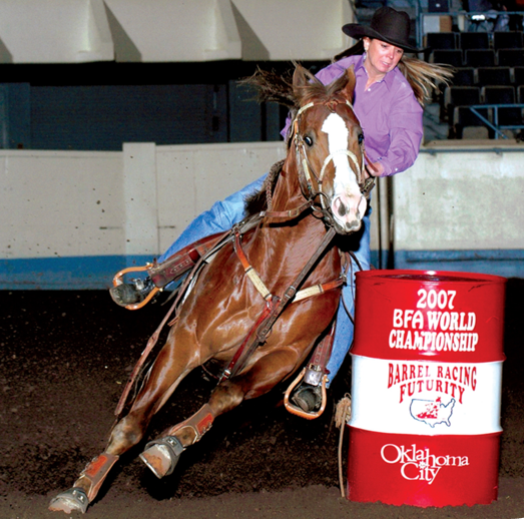
As the horse approaches its senior years, age, wear and tear, and arthritis can enter the picture particularly in the hocks and knees. This is the most common bone and joint condition we evaluate and treat and it can happen earlier in life than you would think. Bone cysts or bone cancers can also become a possibility with aging. Various tpes of vertebral bone problems from “wobblers” to disc compression/herniation to “kissing spine” can emerge at a range of ages.
My best practices approach for maintaining good equine bone and joint health focuses on proactive prevention and optimal nutrition. I recommend supplementation of key bone, cartilage, and synovial fluid components while minimizing unnecessary inflammation. Joint supplements containing glucosamine, chondroitin, MSM, hyaluronic acid, and often additional nutraceutical compounds, optimize the “rubberiness” of the joint cartilage and support production of lubricating synovial fluid within a joint. Ration balancers ensure adequate calcium and phosphorus in the appropriate proportions are available to the body for bone utilization. Omega fatty acids and antioxidant substances help to keep baseline body inflammation to a minimum at any given time. Bovine colostrum has been shown to help make improvements in bone density amongst its numerous other health benefits.
A good joint supplement like Restart® Triflex, a ration balancer like Restart® Builder or Restart® Balancer (depending on the horse’s individual Body Condition Score), along with the addition of a colostrum-rich Colostru-Boost® product, will put horses in a good position to avoid preventable bone and joint problems and perhaps improve or slow the progression of conditions they are already facing.
